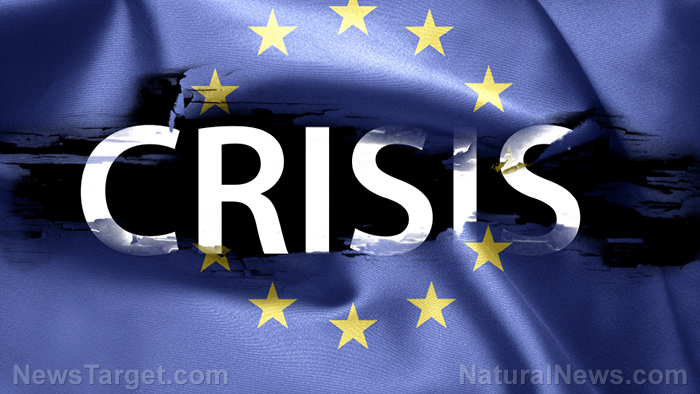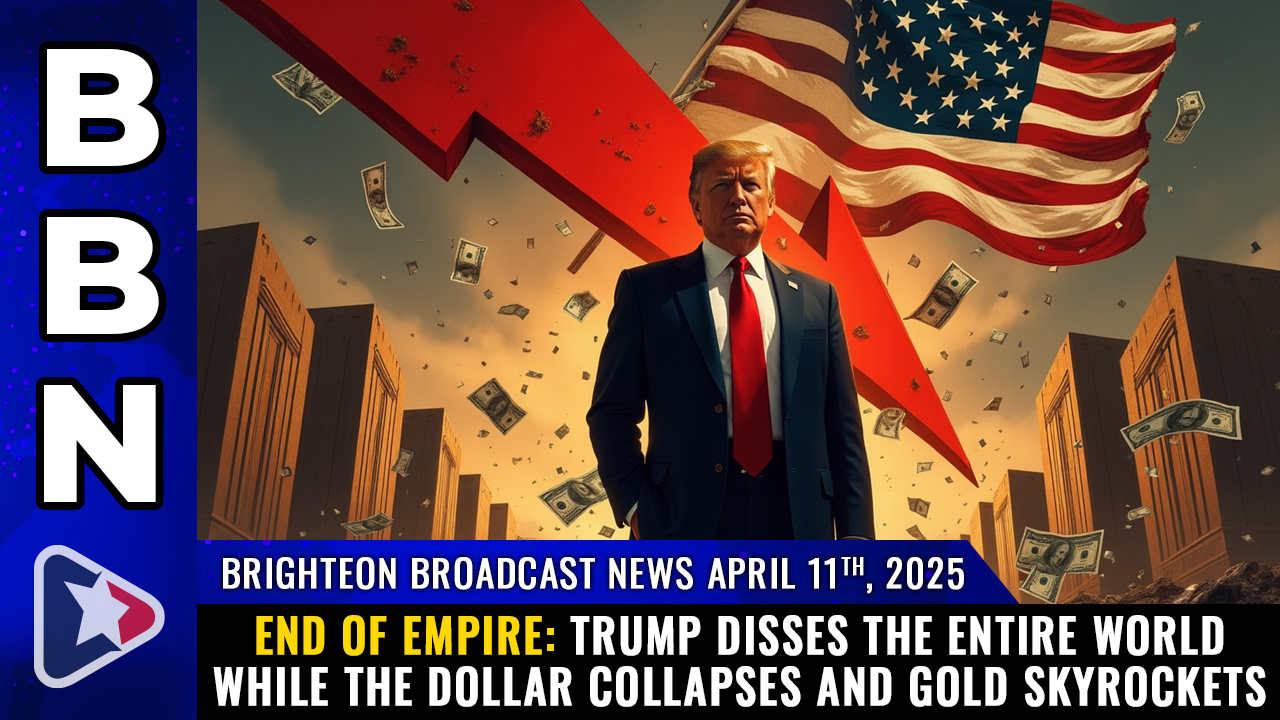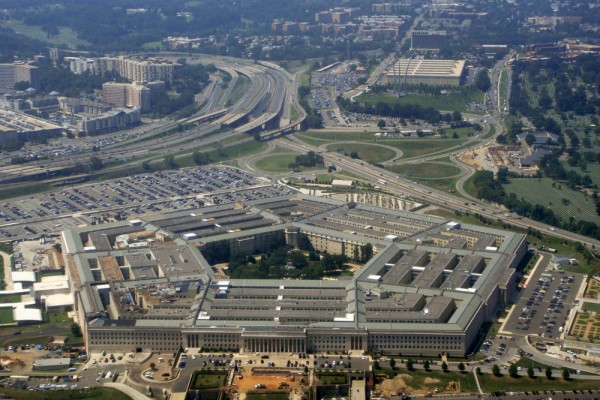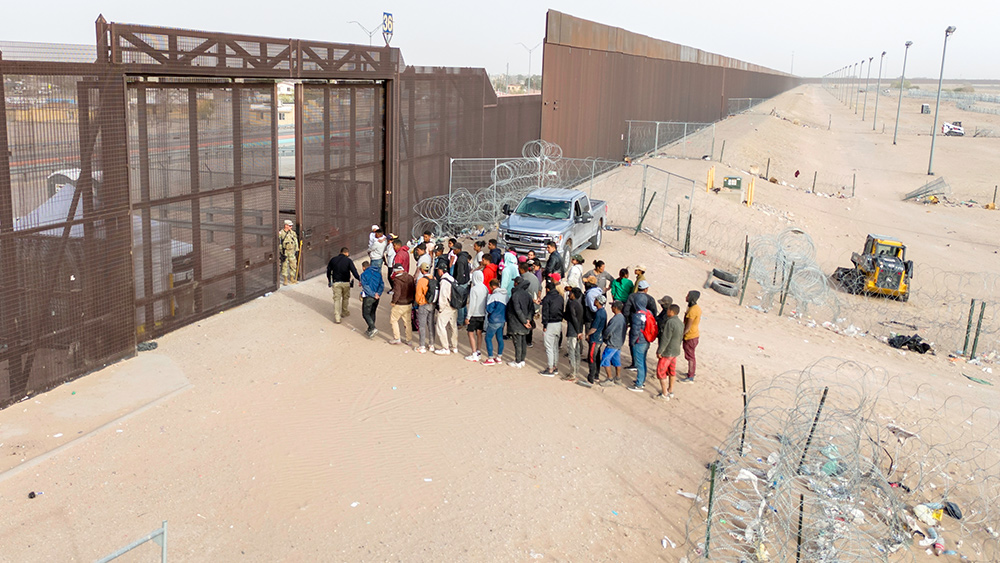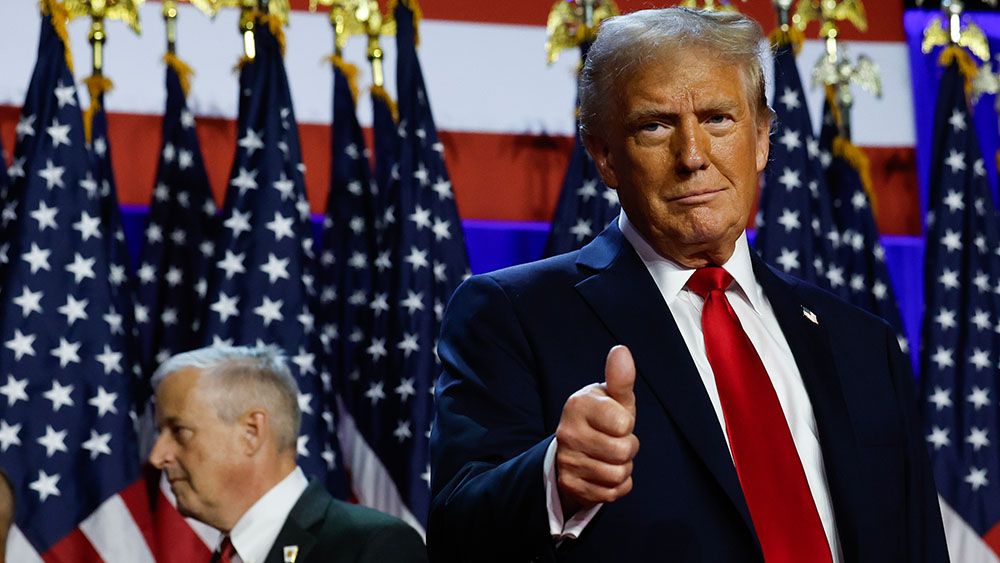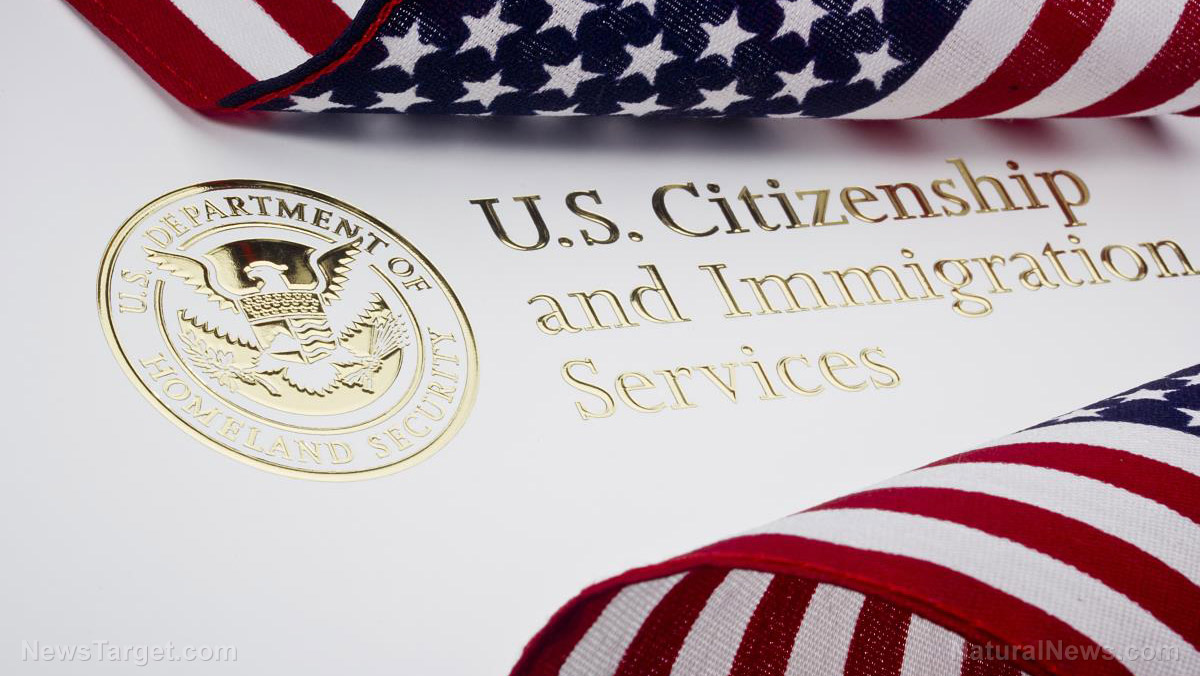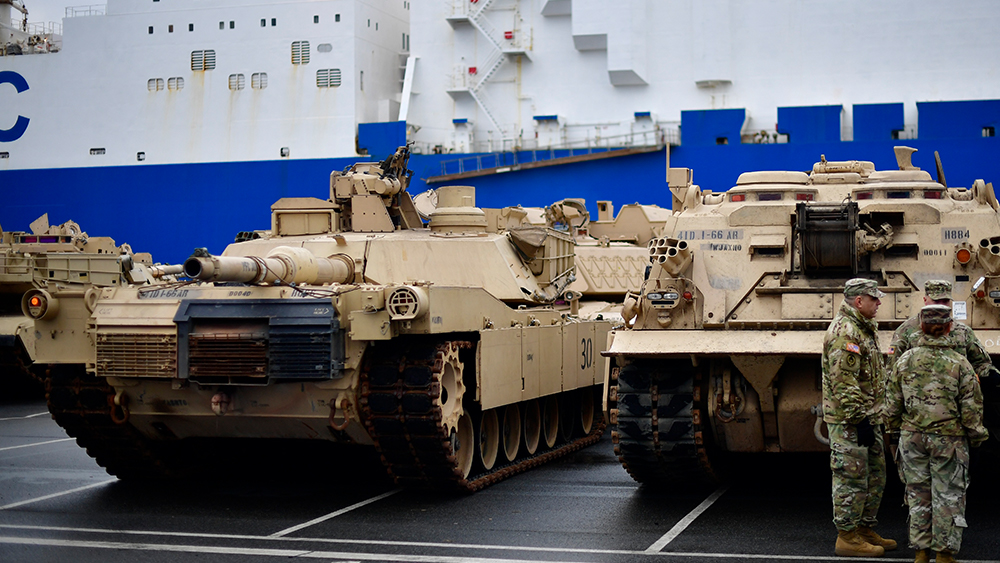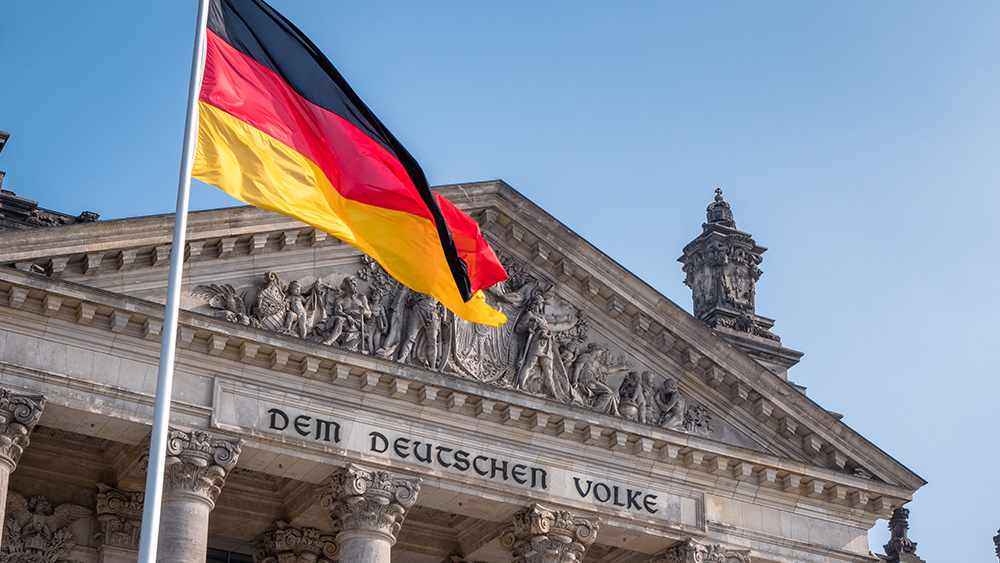Unveiling the web of power: Murray N. Rothbard’s “Wall Street, Banks and American Foreign Policy”
04/08/2025 / By Belle Carter

- Murray N. Rothbard’s seminal work, “Wall Street, Banks and American Foreign Policy,” delves into the intricate relationship between financial elites and U.S. foreign policy, urging readers to reconsider the motivations behind America’s pivotal historical moments.
- Rothbard argues that U.S. foreign policy has been consistently driven by the economic interests of a powerful elite rather than by altruistic or democratic ideals, highlighting a systematic pattern of imperialism and corporate cronyism.
- The book explores the historic power struggle between the Morgans and the Rockefellers, two influential financial dynasties and how their strategic alliances and rivalries shaped America’s aggressive expansionist policies, particularly in Latin America and Asia.
- Rothbard posits that the Federal Reserve System, established in 1913, was a calculated move by banking elites to consolidate control over the nation’s money supply, playing a crucial role in financing America’s entry into World War I and influencing subsequent economic booms and busts.
- Rothbard critiques the role of organizations like the Council on Foreign Relations (CFR) and the Trilateral Commission in shaping U.S. foreign policy, viewing them as manifestations of financial elites using private entities to influence government decisions and international policy formation.
In the corridors of power, where Wall Street’s titans and the banking elite converge with the architects of American foreign policy, a profound and often unsettling narrative unfolds. Renowned economist and historian Murray N. Rothbard takes readers on an incisive journey through this intricate web in his seminal work, “Wall Street, Banks, and American Foreign Policy.”
This book is not just a historical account but a fearless exploration of how corporate interests and financial powerhouses have, for over a century, orchestrated the United States’ global agenda. Rothbard’s meticulous research and compelling arguments challenge conventional wisdom, urging readers to reconsider the motivations behind America’s most pivotal historical moments.
One of the most captivating aspects of Rothbard’s analysis is his exploration of the historic power struggle between the Morgans and the Rockefellers, two of the most influential financial dynasties in American history. The Morgans, heavily invested in railroads and government bonds and the Rockefellers, who dominated the oil industry, were rivals with competing interests. However, Rothbard illustrates how their rivalry often gave way to strategic alliances, particularly in their pursuit of global dominance. Their clashes and collaborations, as Rothbard argues, played a significant role in shaping America’s aggressive expansionist policies, especially in Latin America and Asia.
A pivotal moment in Rothbard’s narrative is the creation of the Federal Reserve System in 1913. He posits that the Fed was not merely a response to economic instability but a calculated move by banking elites to consolidate their control over the nation’s money supply. This new financial architecture, according to Rothbard, was crucial in financing America’s entry into World War I. The massive loans to the Allies, the inflation of money and credit and the subsequent economic boom and bust were all facilitated by the Fed. Rothbard’s analysis of this period serves as a stark reminder of how financial interests can drive geopolitical decisions.
Rothbard does not limit his critique to the early 20th century. He also challenges the conventional narrative of the New Deal, arguing that many of its policies were prefigured by the reforms of the Progressive Era and the policies of President Herbert Hoover. He sees the New Deal as a continuation of the trend where big business and big government work hand in hand, often to the detriment of true free-market capitalism. Rothbard’s critique is bipartisan, lambasting the left for its embrace of military Keynesianism and the right for its uncritical support of corporate America and the warfare state.
In the post-war era, Rothbard highlights the rise of organizations like the Council on Foreign Relations (CFR) and the Trilateral Commission as key players in shaping U.S. foreign policy. These entities, he argues, are the latest manifestations of a long-standing trend where financial elites use private organizations to influence government policy. The Trilateral Commission, in particular, is a fascinating case study. Founded by David Rockefeller in 1973, it brought together multinational corporate leaders, politicians and foreign policy experts from the U.S., Western Europe and Japan. Rothbard sees the Trilateral Commission as a powerful force in international policy formation, with its members often occupying key positions in government.
In conclusion, Rothbard’s “Wall Street, Banks, and American Foreign Policy” is a provocative and eye-opening analysis of the intersection between finance and foreign policy. It challenges readers to question the official narratives and to consider the deeper, often hidden forces that shape our world. Rothbard’s work is a clarion call for those who believe in true democracy and free markets, reminding us that the struggle for liberty is not just against big government but also against the powerful interests that seek to manipulate the state for their own benefit.
Learn more about the book “Wall Street, Banks, and American Foreign Policy” by watching the video below.
This video is from the BrightLearn channel on Brighteon.com.
Sources include:
Submit a correction >>
Tagged Under:
banking system, big goverment, conspiracy, deception, economic collapse, Federal Reserve System, finance, finance riot, foreign relations, lies, Morgans, Murray N. Rothbard, politics, real history, Rockefellers, Wall Street, Wall Street Banks and American Foreign Policy
This article may contain statements that reflect the opinion of the author
RECENT NEWS & ARTICLES
COPYRIGHT © 2017 BIG GOVERNMENT NEWS


